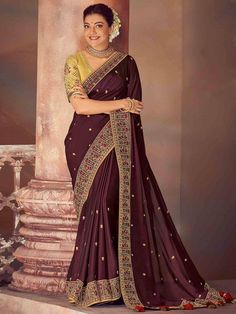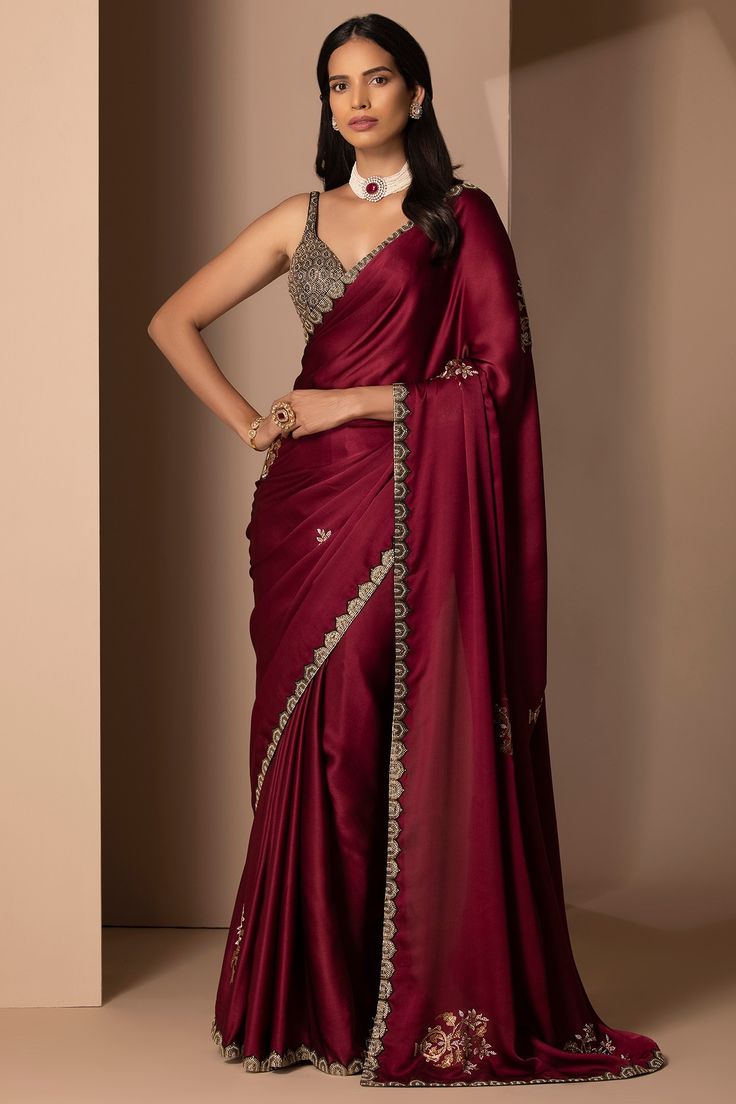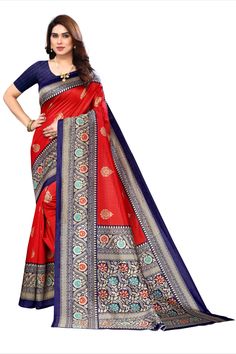Best Saree for Women’s Weddings
Introduction to Wedding Sarees
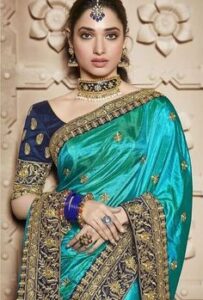
Sarees have been a quintessential part of Indian weddings for centuries. They are more than garments; they symbolize tradition, culture, and elegance. Sarees are special in weddings to the bride, her family, and the guests. With countless designs and fabrics, sarees are the top choice for women. Let’s explore why people cherish sarees and how they add a timeless charm to weddings.
Types of Wedding Sarees: Regional Highlights
India’s diverse culture is evident in the wide range of wedding sarees. Each region has its unique style, fabric, and craftsmanship, making every saree special.
-
Banarasi sarees are popular at North Indian weddings. Their rich silk and intricate zari work make them so.
-
Kanjivaram saree artisans make these South Indian treasures from heavy silk. They are famous for their durability and bright hues, often with temple motifs.
-
Paithani Sarees: From Maharashtra, these sarees have peacock designs and bright colors. They add a regal touch.
-
Bandhani Sarees: These tie-dye sarees from Gujarat and Rajasthan are unique and vibrant. They symbolize joy and festivity.
-
Assam Silk Sarees: Their subtle beauty makes them perfect for minimalist brides.
-
Kasavu Sarees: From Kerala, these sarees are white and gold. They exude grace and simplicity.
Choosing the Right Saree for the Bride
Selecting the perfect saree for the bride requires careful thought. Here are some factors to consider:
-
Fabric: Choose comfy, luxurious fabrics like silk, chiffon, or georgette. Pick based on the season and your taste.
-
Color: Red and gold are traditional. Modern brides are using pastels, greens, and metallics.
-
Design: Find sarees with embroidery, zari work, or embellishments. They should match the bride’s personality and style.
-
Fit: Ensure the saree is easy to drape and carry, especially for long wedding ceremonies.
-
Customization: Personalized sarees with monograms or special motifs can add a sentimental value.
Sarees for Different Wedding Functions
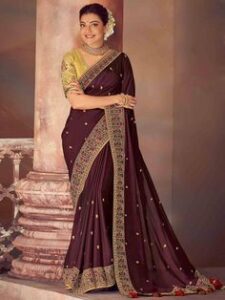
Weddings call for a specific look. Sarees are perfect for every occasion.
-
Engagement Ceremony: Wear light, elegant sarees in pastel shades or simple designs.
-
Mehendi Function: Wear bright, playful sarees like Bandhani or light florals. They should allow for free movement.
-
Sangeet Night: Wear a glamorous saree with sequins, mirrors, or ruffles. It’s perfect for a night of dancing and celebration.
-
Wedding Day: For the main ceremony, wear a heavy, traditional-colored saree. It should be a Banarasi, Kanjivaram, or Paithani.
-
Reception: Modern sarees with fusion elements, like cape blouses and metallic drapes, look chic.
Tips for Accessorizing Wedding Sarees
Accessories can enhance the beauty of wedding sarees. Here’s how to get it right:
-
Jewelry: Choose Kundan, Polki, or temple jewelry to match heavy sarees. For lighter sarees, go for minimalistic or contemporary pieces.
-
Footwear: Comfortable yet stylish sandals or heels are essential for long hours.
-
An embellished clutch enhances functionality and style.
-
Hairstyle: Braids with flowers or buns with hair accessories suit sarees. They create a great look.
-
Makeup: Keep it subtle for pre-wedding functions and go bold for the main event.
Modern Trends in Wedding Sarees
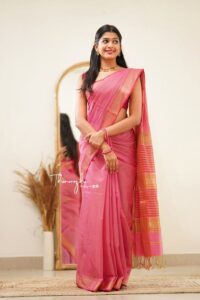
While traditional sarees remain evergreen, modern trends are making their way into weddings.
-
Pastel shades—soft pinks, mint greens, and lavender tones—are trending among brides.
-
Fusion styles: sarees with lehenga skirts or cape-style blouses add a modern twist.
-
Eco-friendly brides prefer sustainable sarees. They want them made from eco-friendly fabrics and traditional handloom techniques.
-
Minimalist Designs: Brides are embracing simpler designs with elegant embroidery and subtle embellishments.
-
Digital Prints: Unique patterns and modern art-inspired prints are making sarees stand out.
Saree Draping Styles for Weddings
The way someone drapes a saree can completely transform its look. Here are some popular draping styles:
-
Nivi Style: The classic drape from Andhra Pradesh, suitable for any occasion.
-
Gujarati Style: Perfect for showcasing heavy pallu designs.
-
Bengali Style: A traditional drape that adds a dramatic flair.
-
Maharashtrian style has a unique drape. It uses a kashta (tucked between the legs) for a regal look.
-
Modern Drapes: Experiment with pant-style or pre-stitched sarees for ease and style.
How to Care for Your Wedding Saree
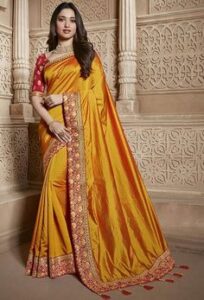
Wedding sarees are often cherished as heirlooms, so proper care is essential.
-
Storage: Store sarees in a cool, dry place, wrapped in muslin cloth to avoid discoloration.
-
Cleaning: Dry clean heavy sarees after use to keep their shine and texture.
-
Remove the saree from storage at regular intervals. It needs to breathe to prevent odors or moisture.
-
Avoid Direct Sunlight: Prolonged exposure to sunlight can fade colors.
Where to Buy the Best Wedding Sarees
Finding the perfect saree is easier with these options:
-
Local Stores: Visit famous saree shops for expert advice and a personal touch.
-
Online platforms, like Myntra and Flipkart, have many sarees. They deliver to your door.
-
Boutiques: Custom-designed sarees from boutiques ensure a unique and exclusive look.
-
Handloom Stores: Support artisans by purchasing handwoven sarees directly from weavers or cooperatives.
Conclusion
Sarees are more than wedding attire. They reflect heritage, emotion, and individuality. You can choose from endless options. You can pick a traditional Banarasi or a modern fusion saree. A well-chosen, styled, and preserved saree can be a cherished wedding memory. Celebrate your special day with the elegance and grace that only a saree can bring.
people also read: Best Saree for Women’s Weddings
